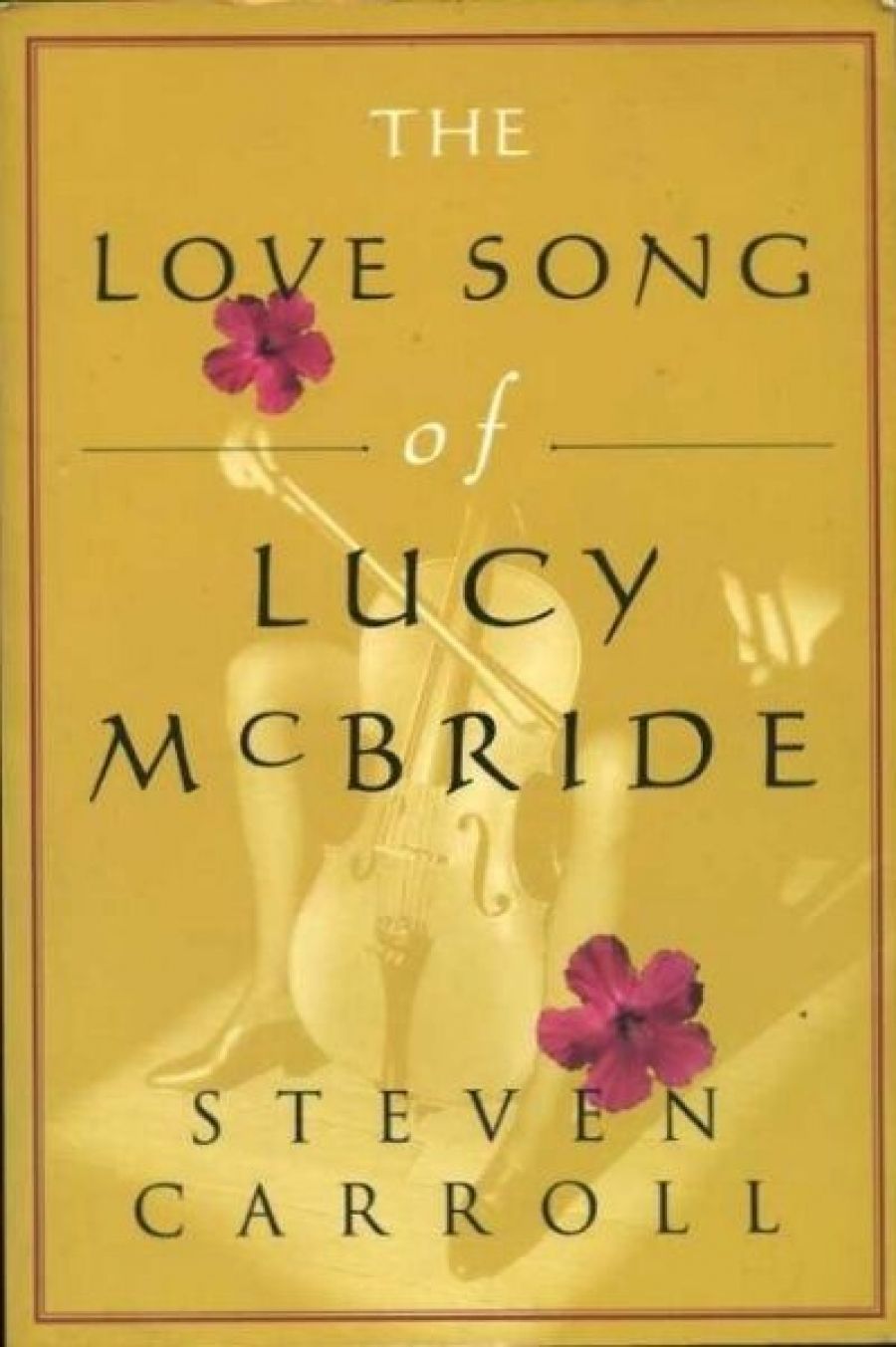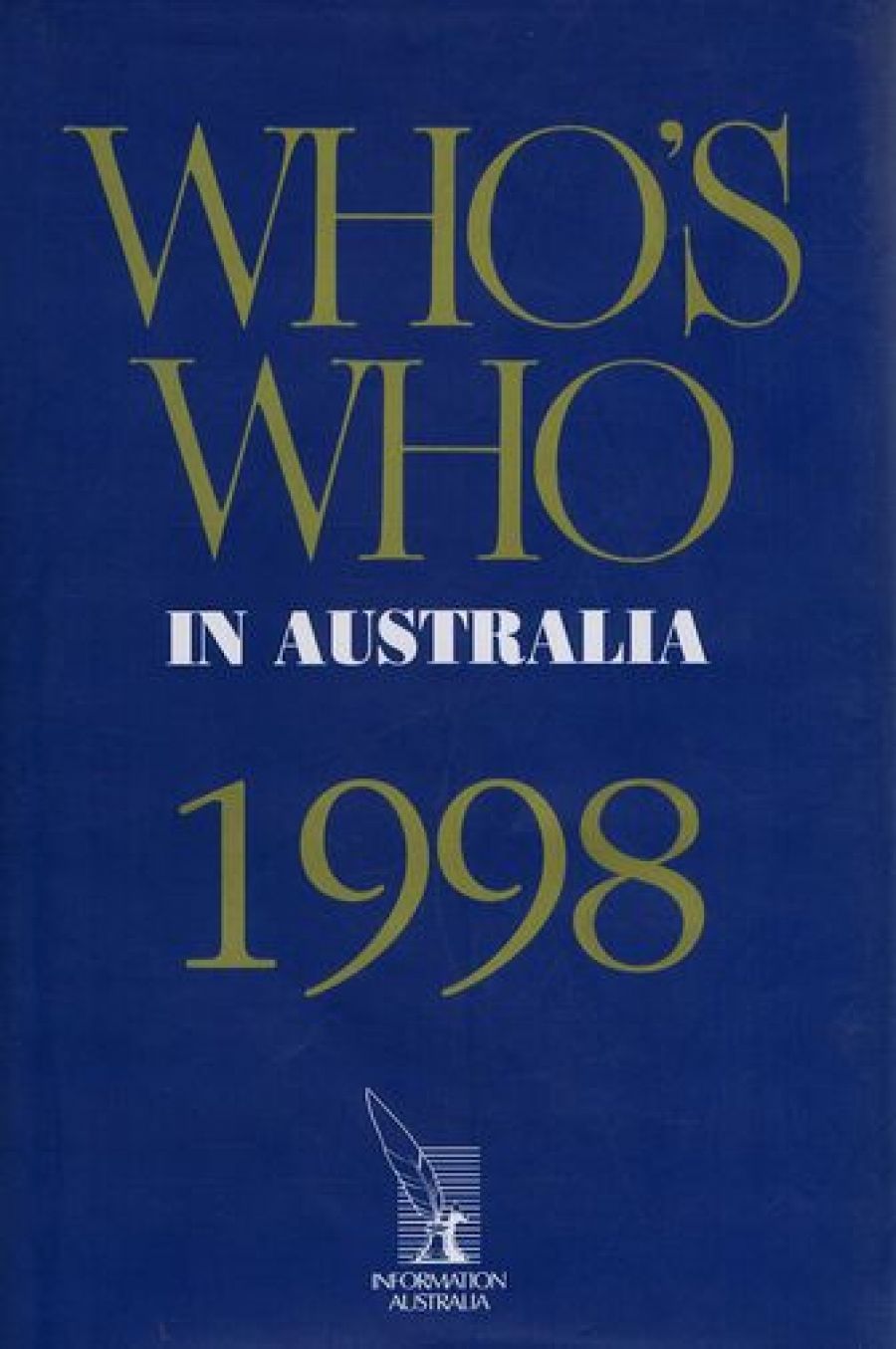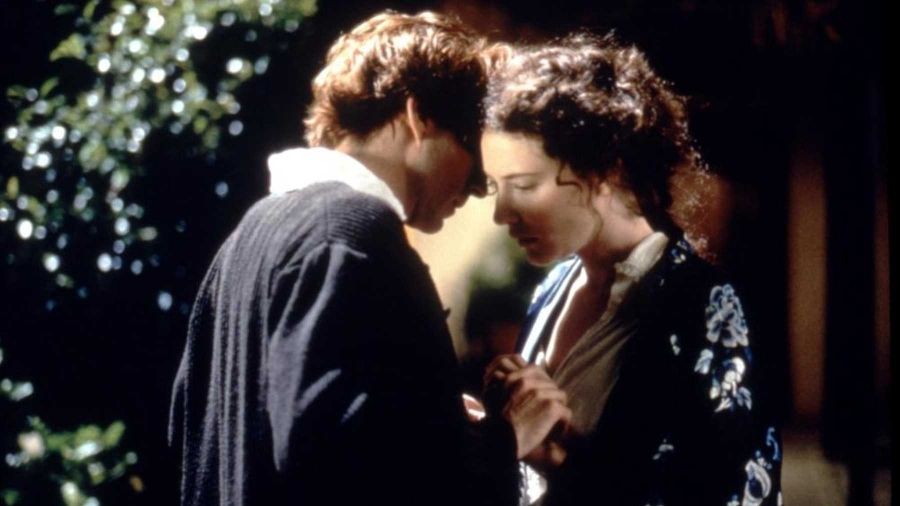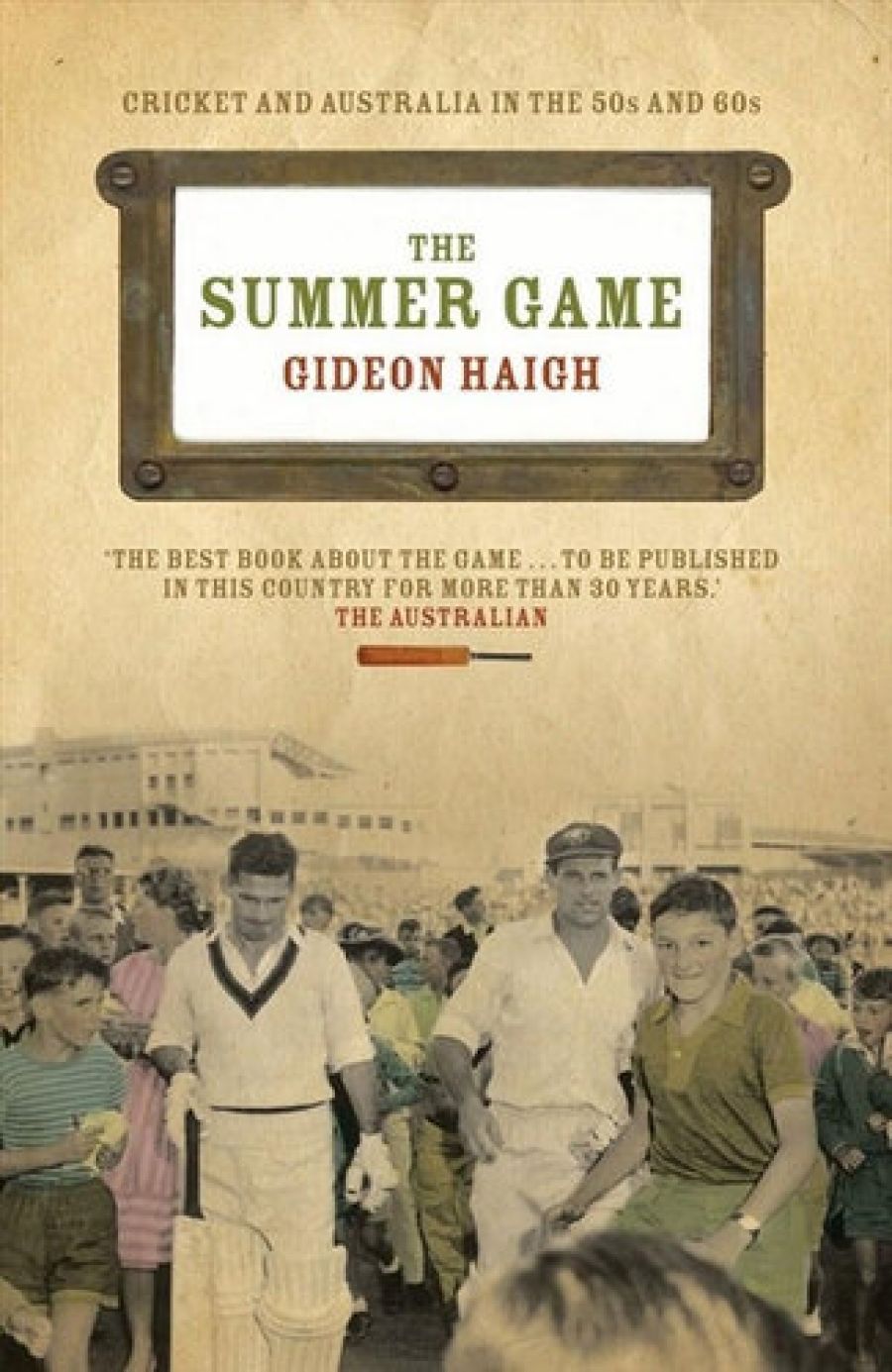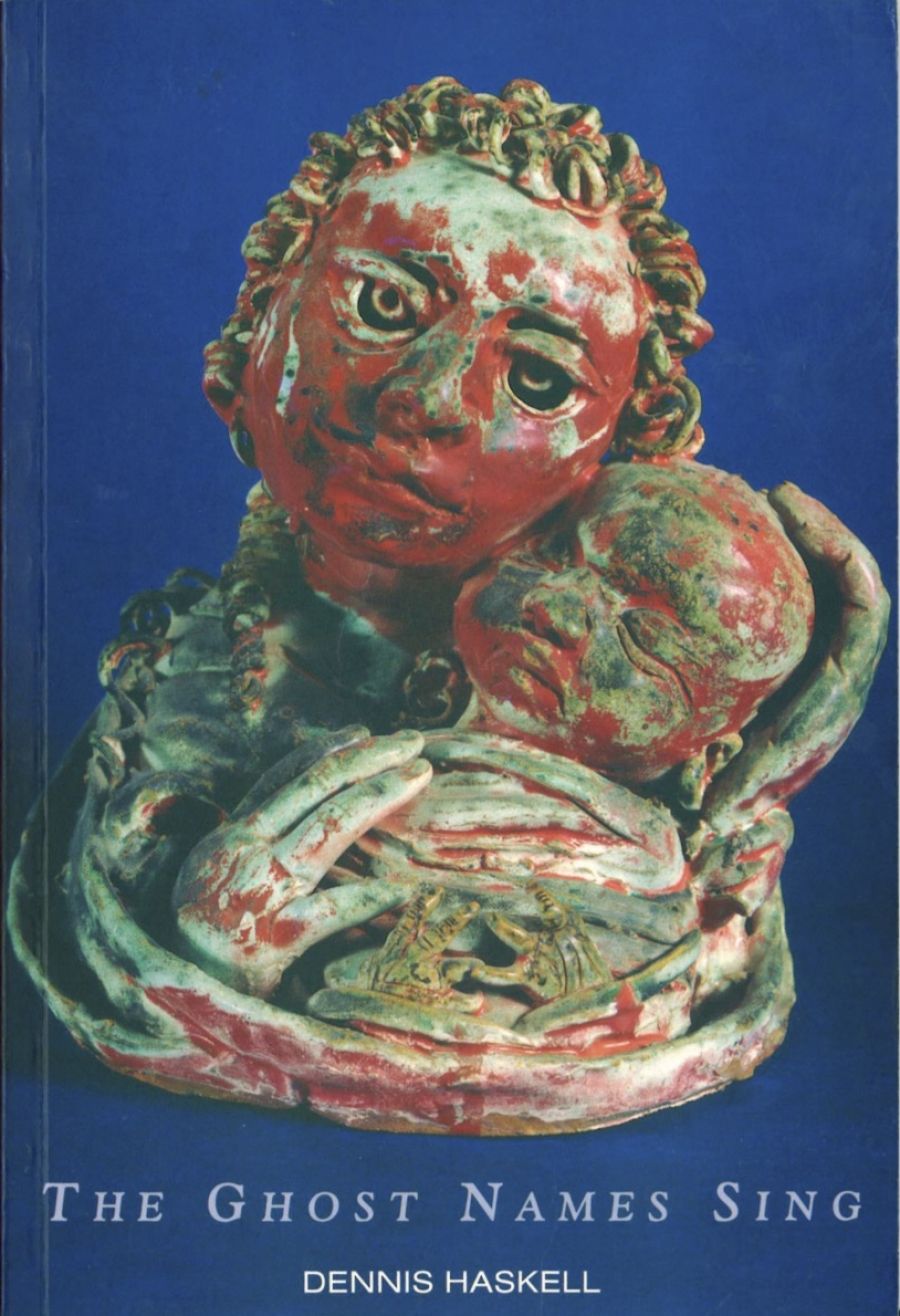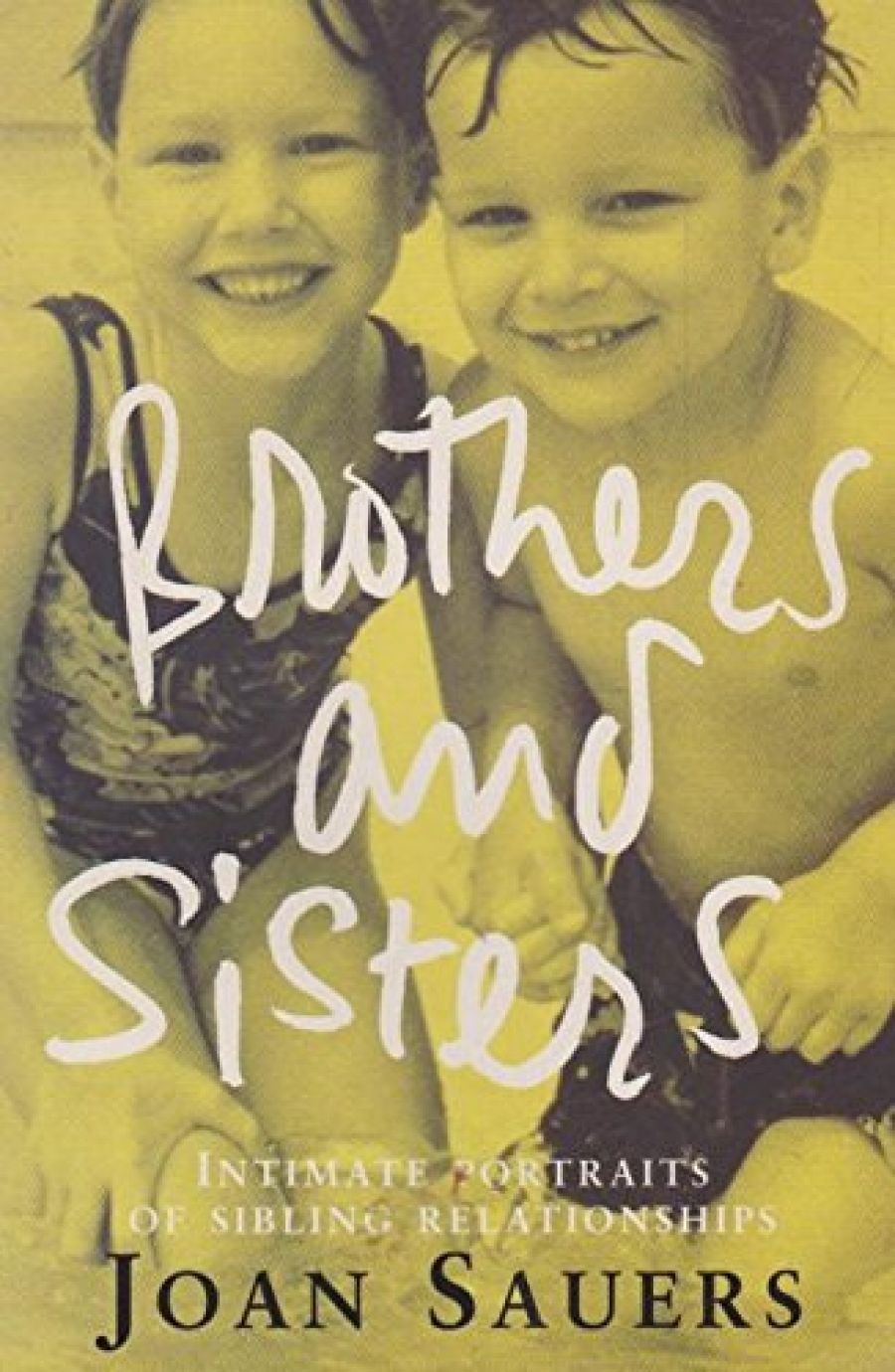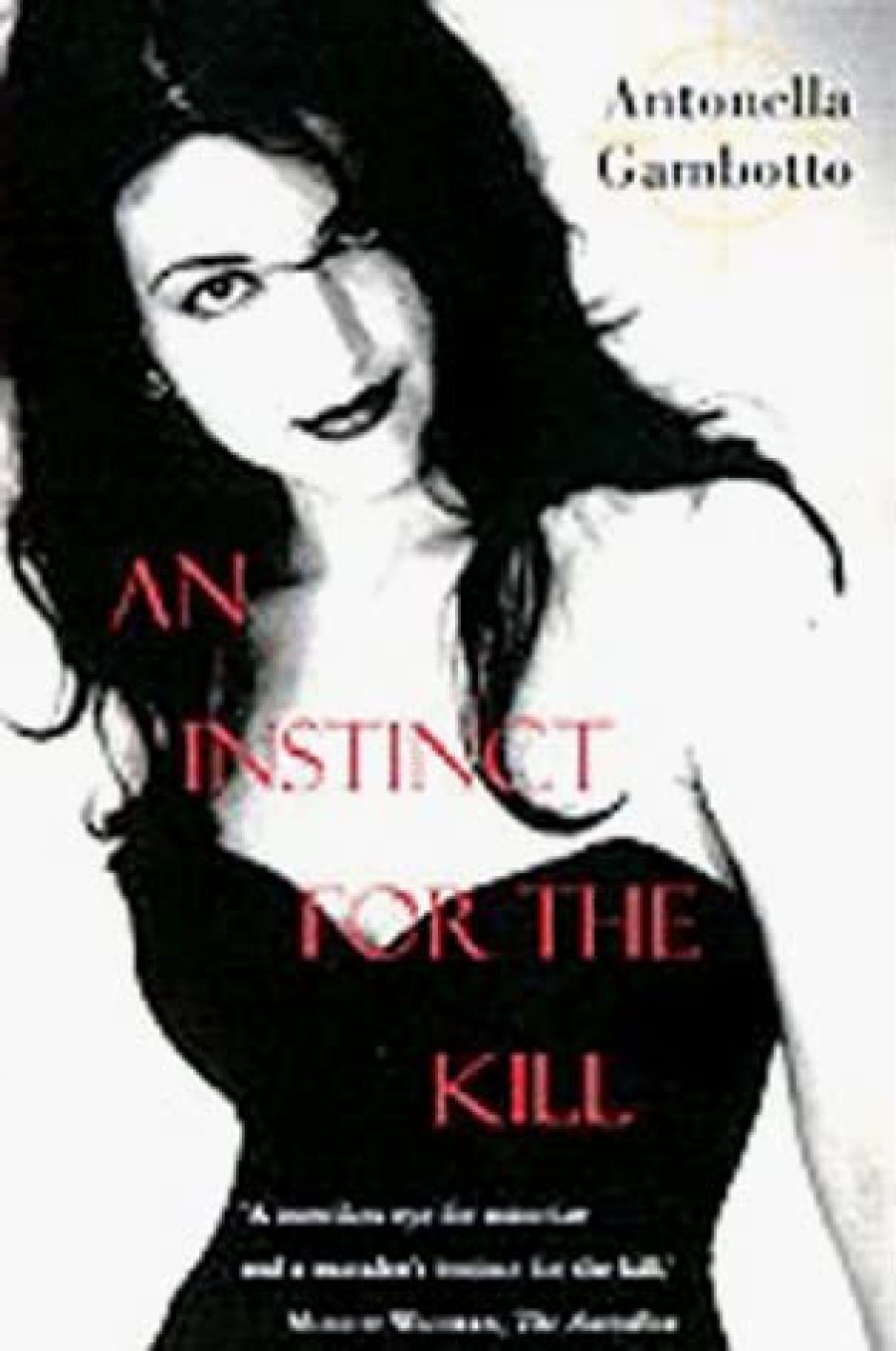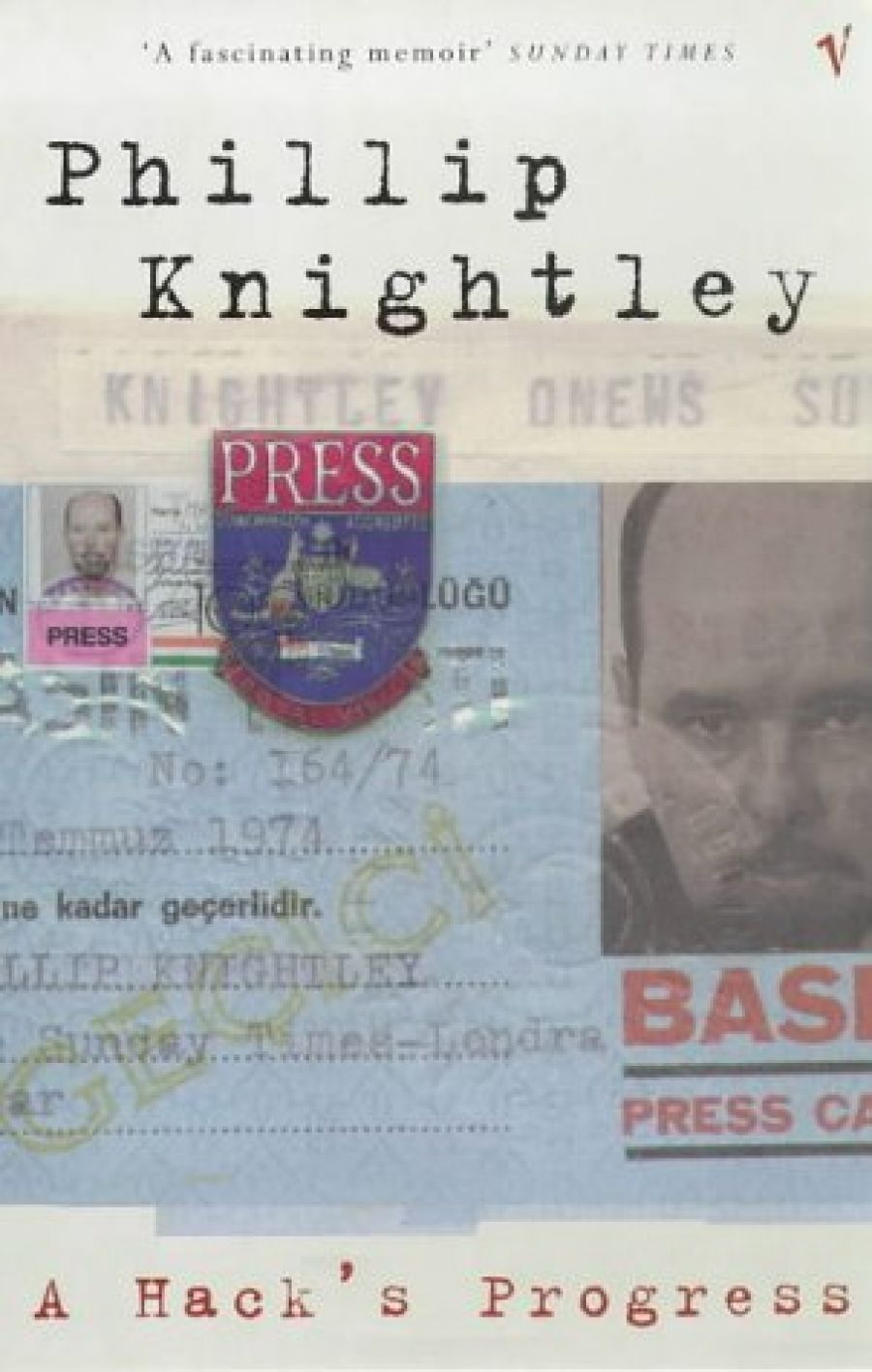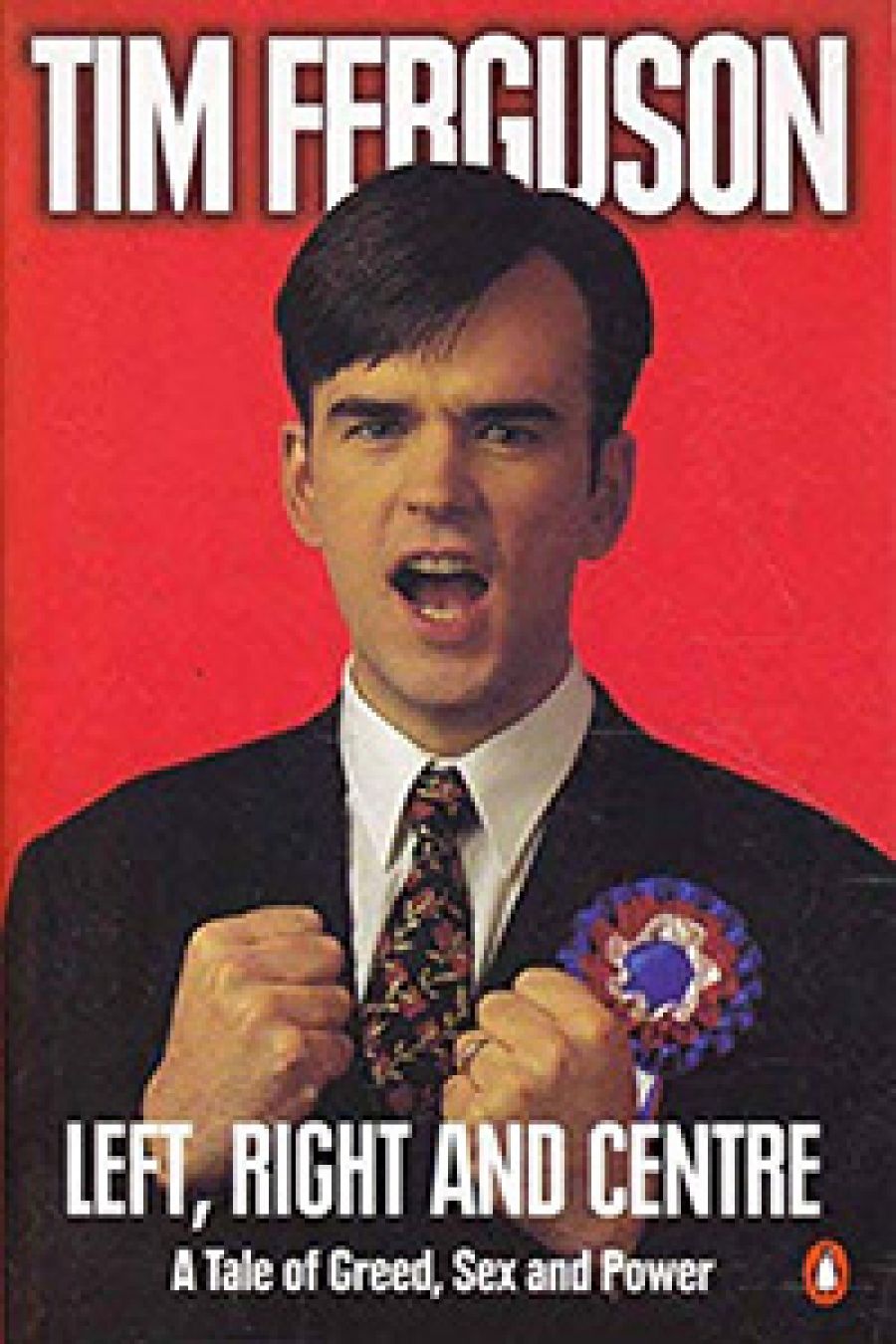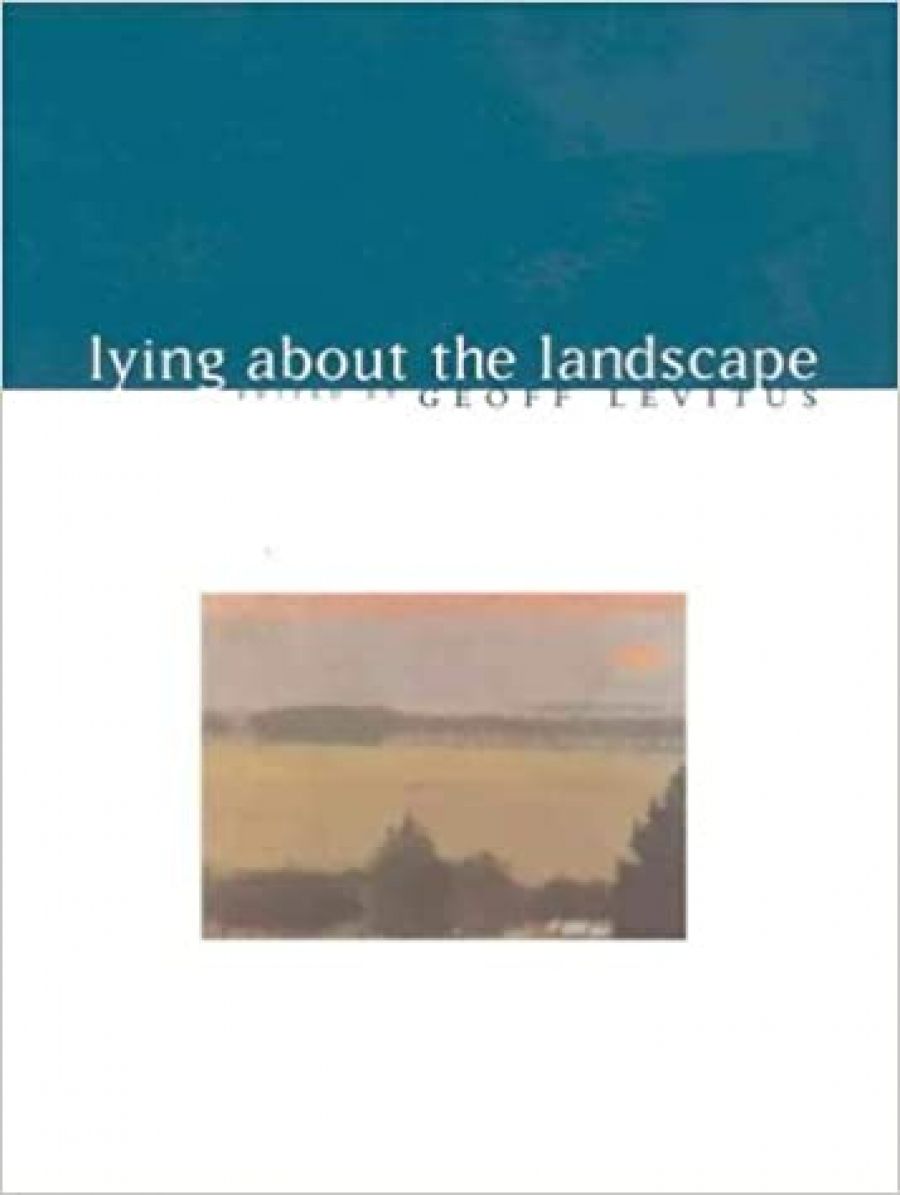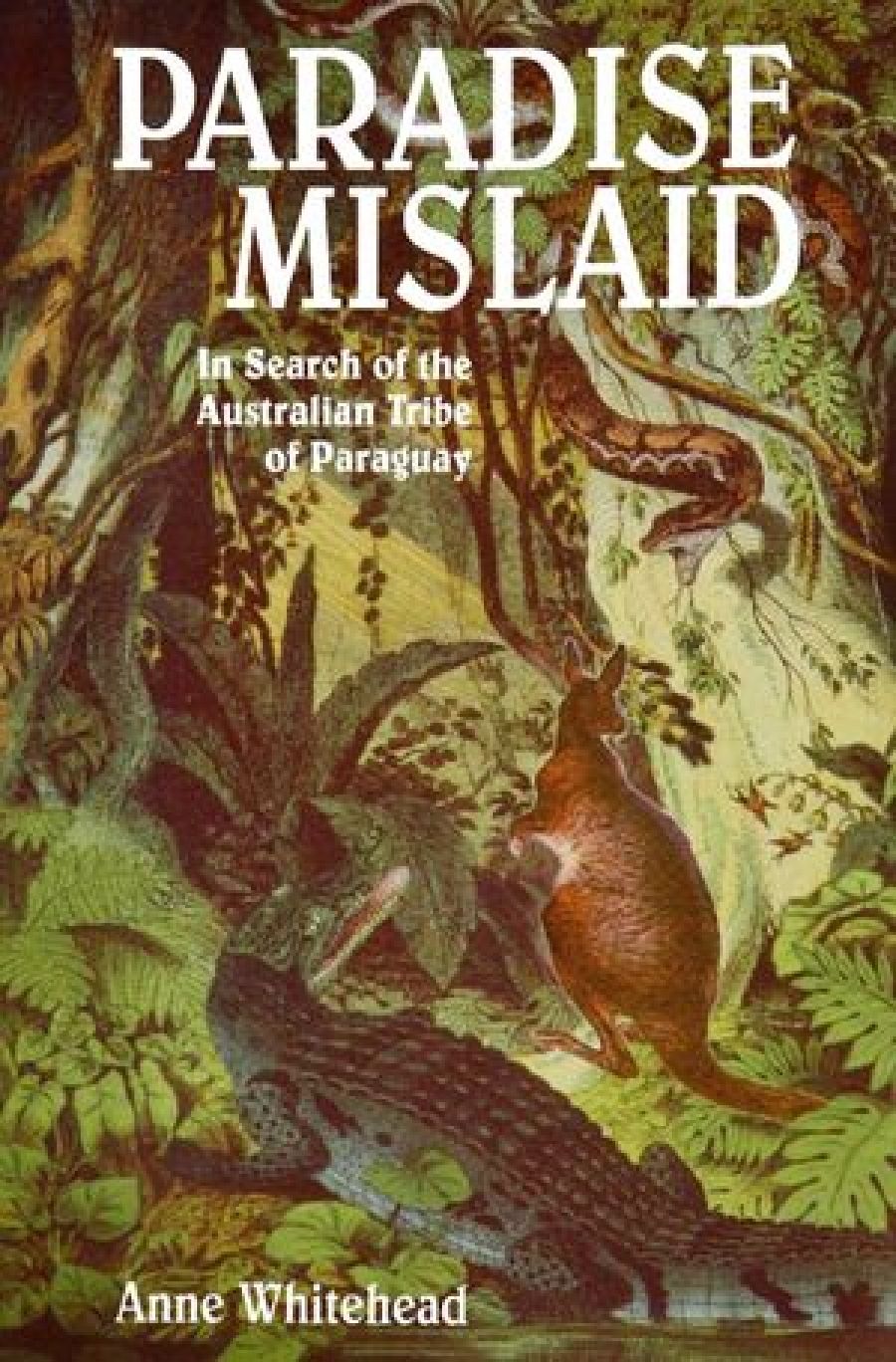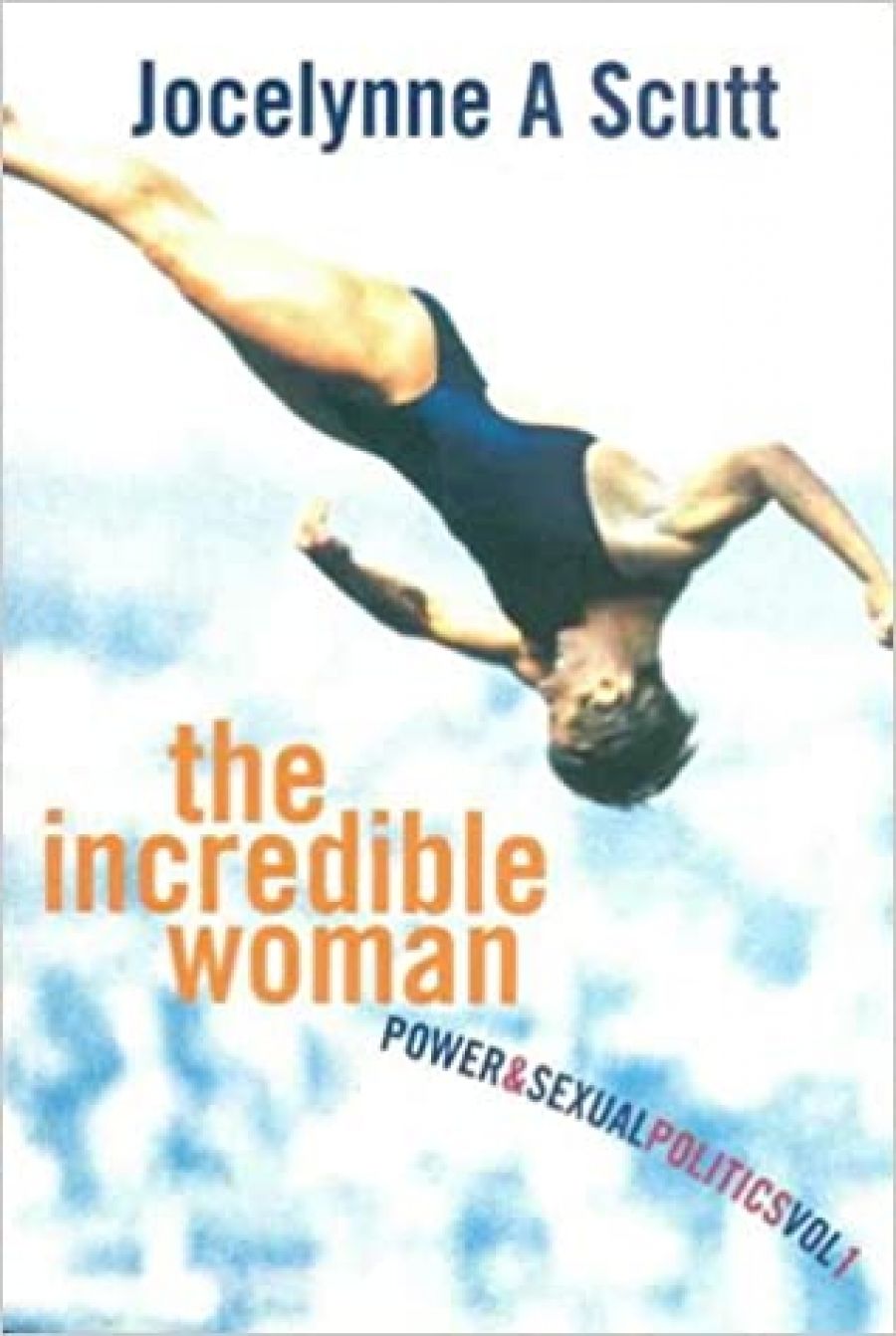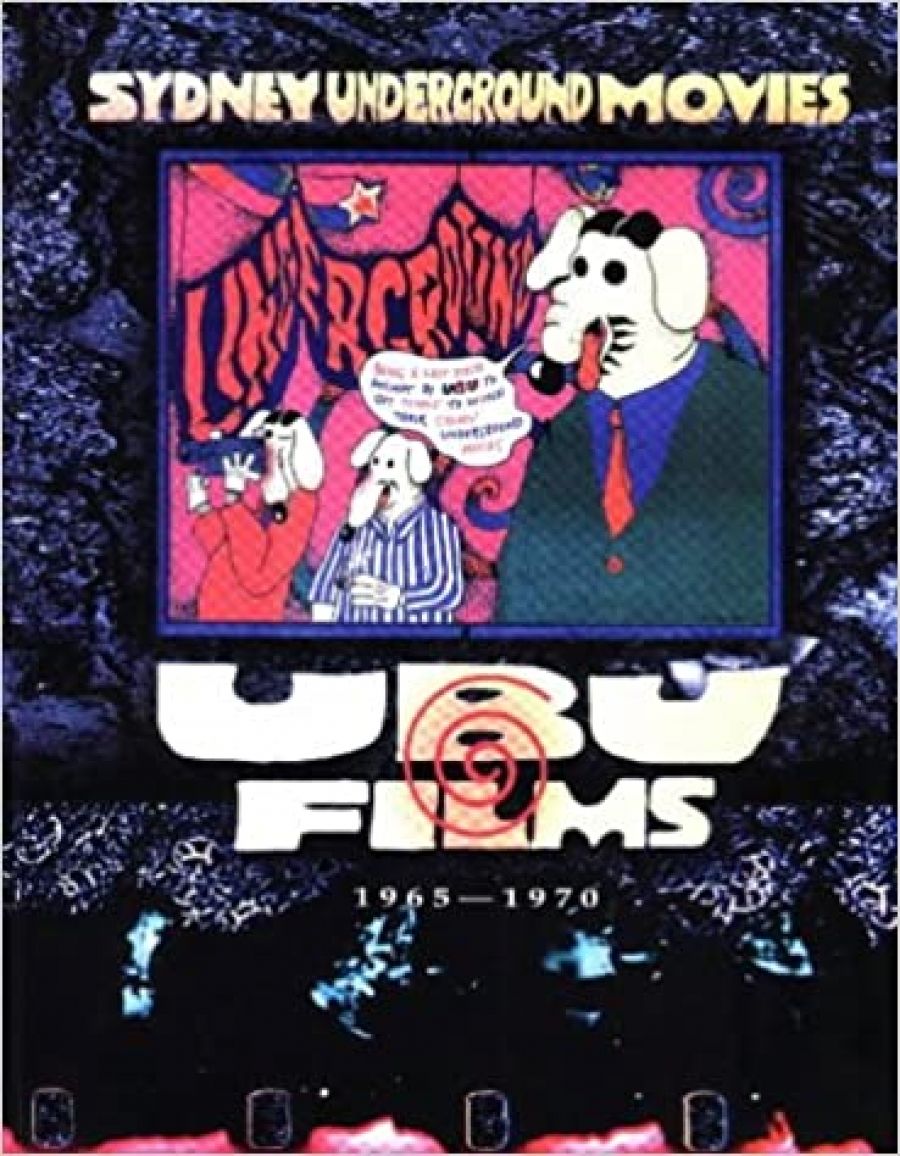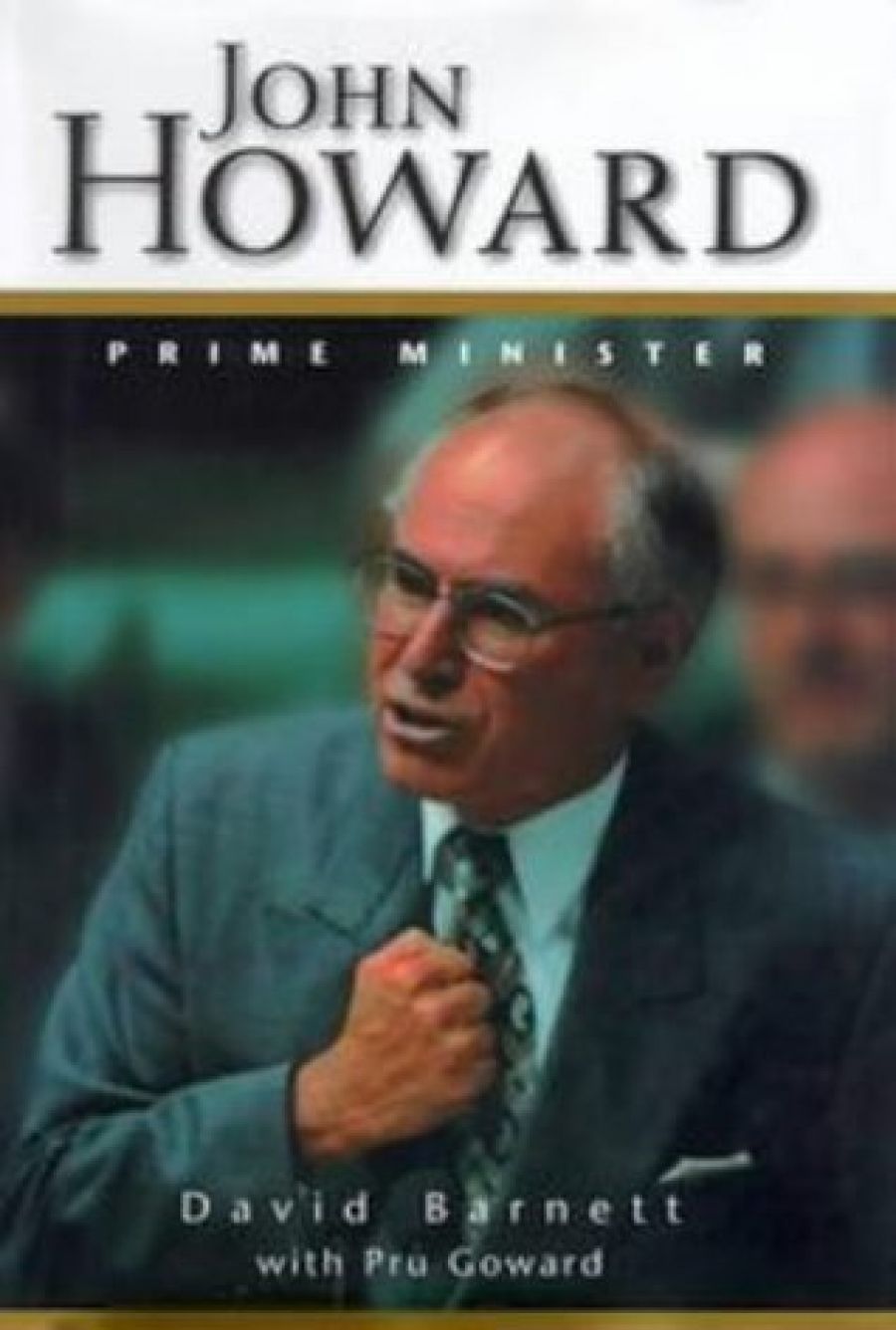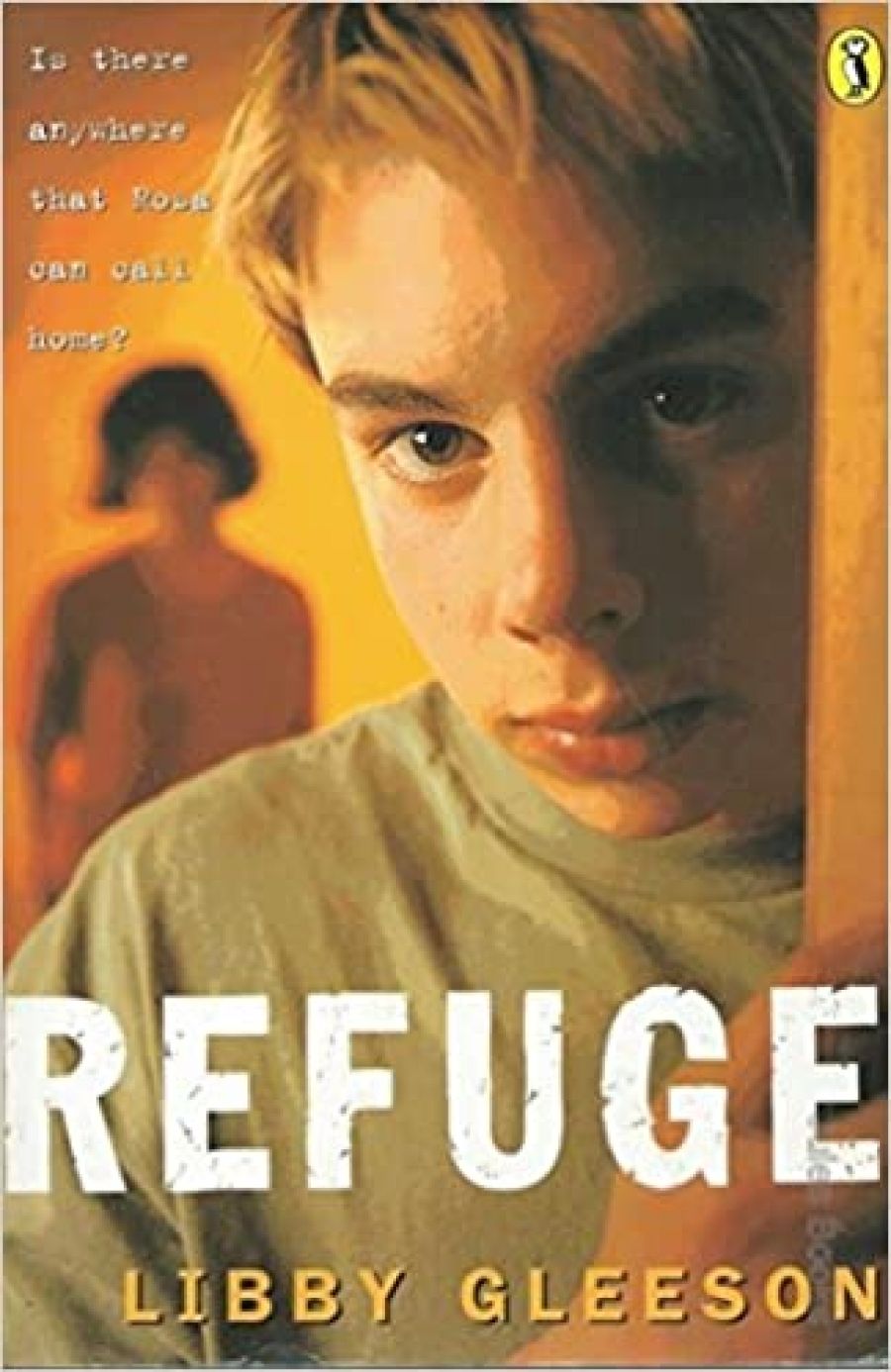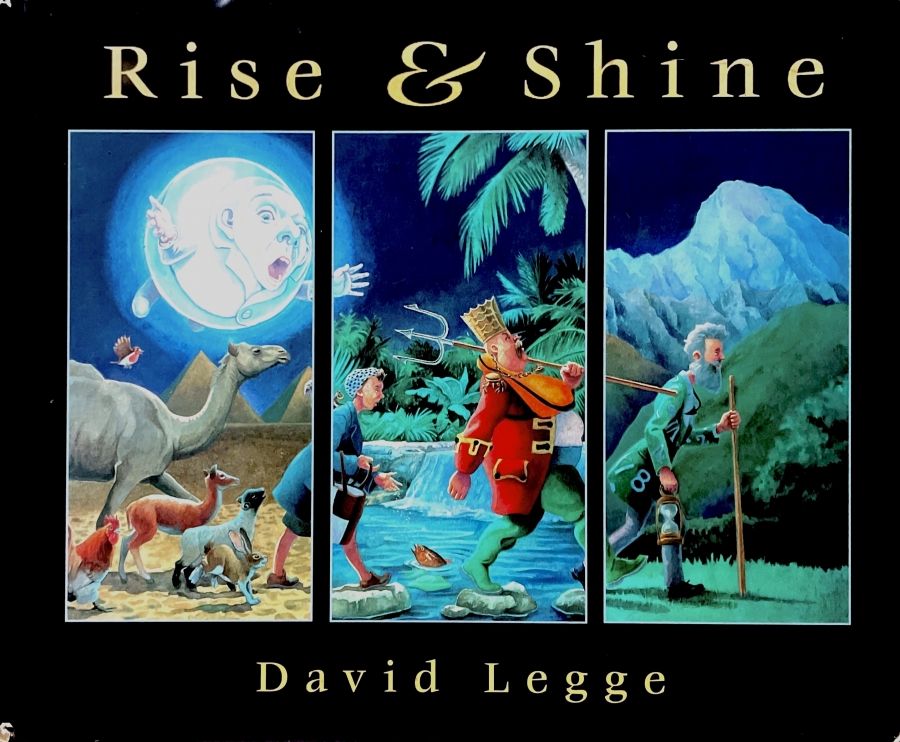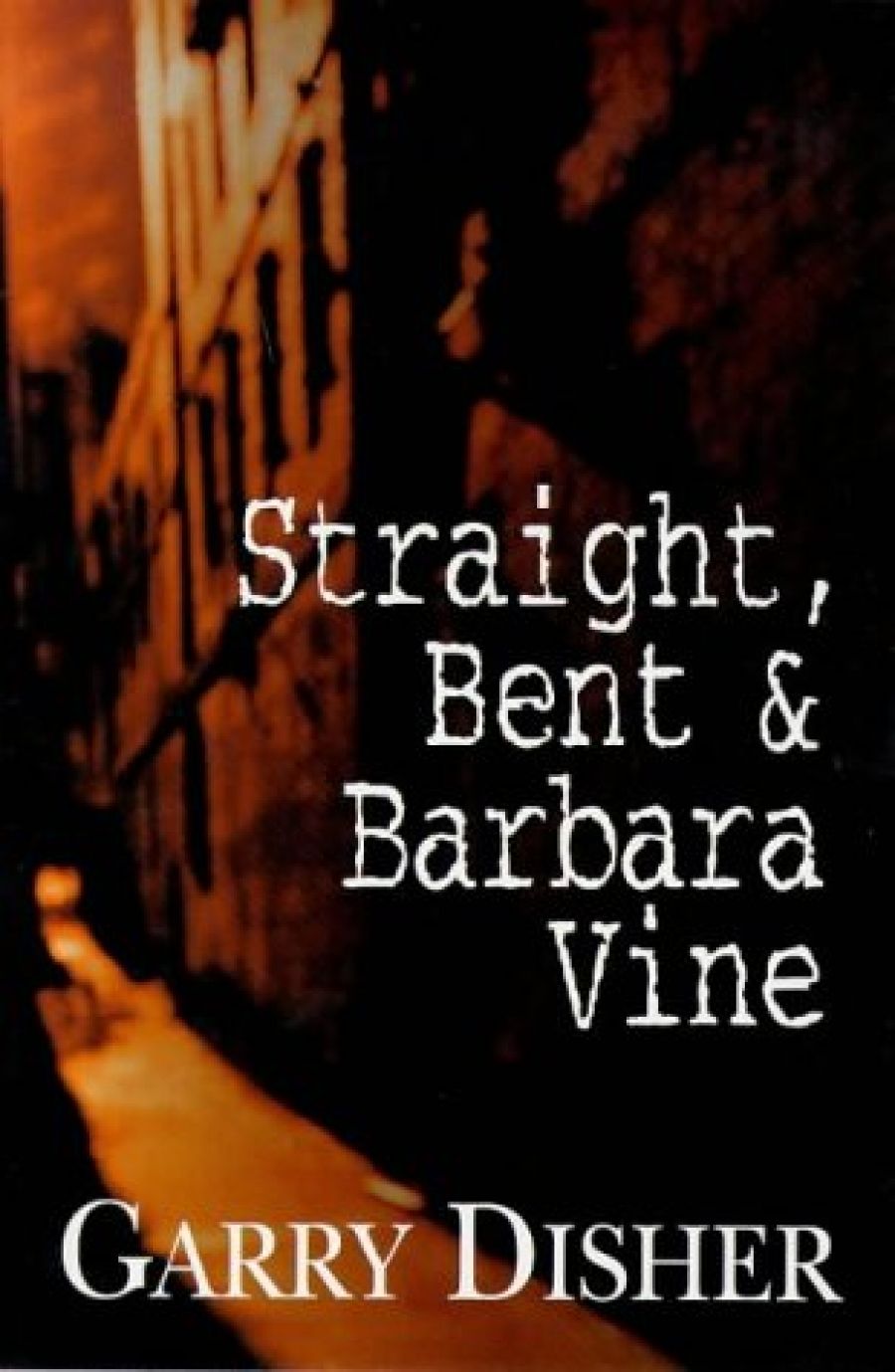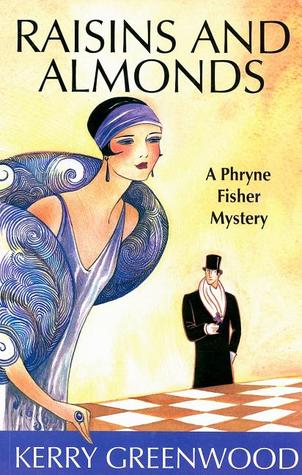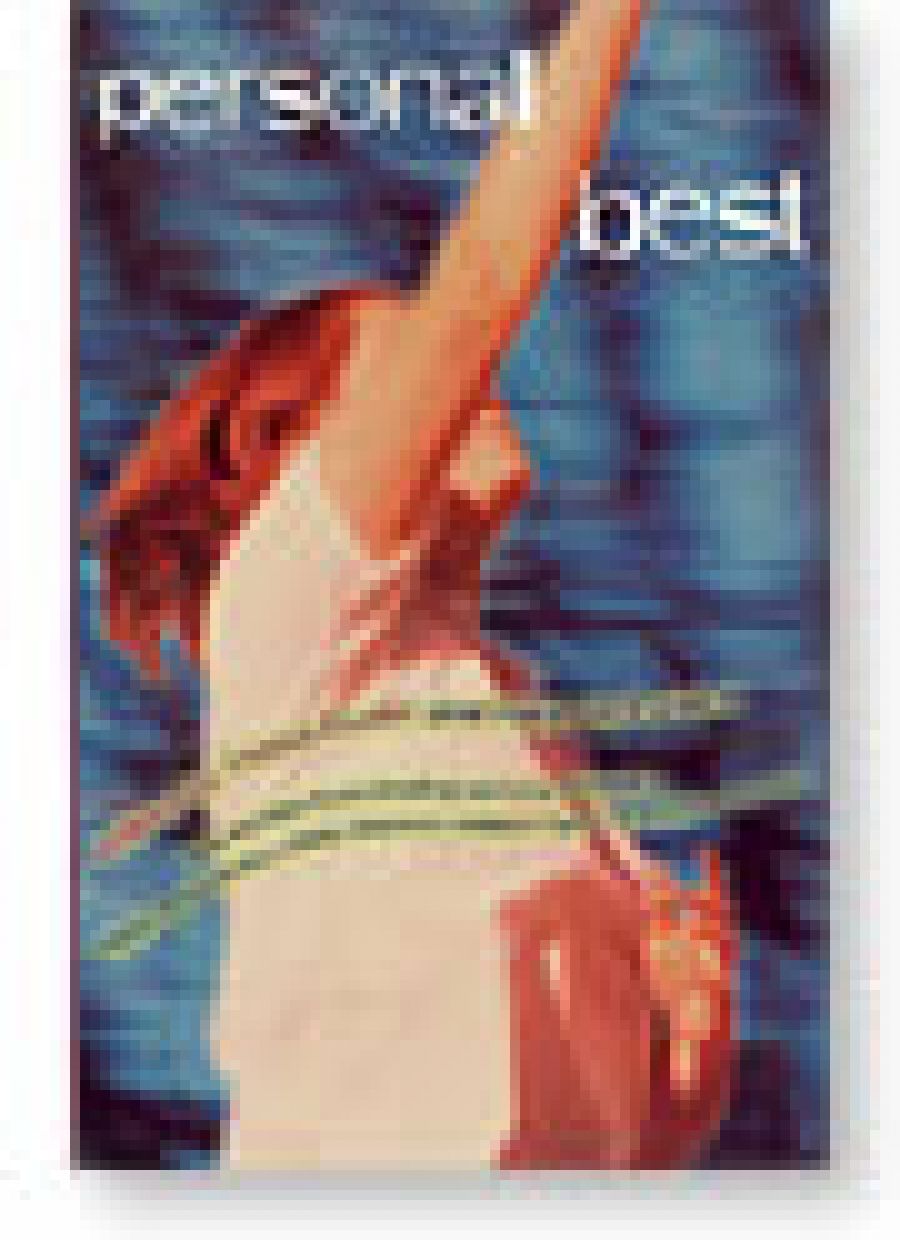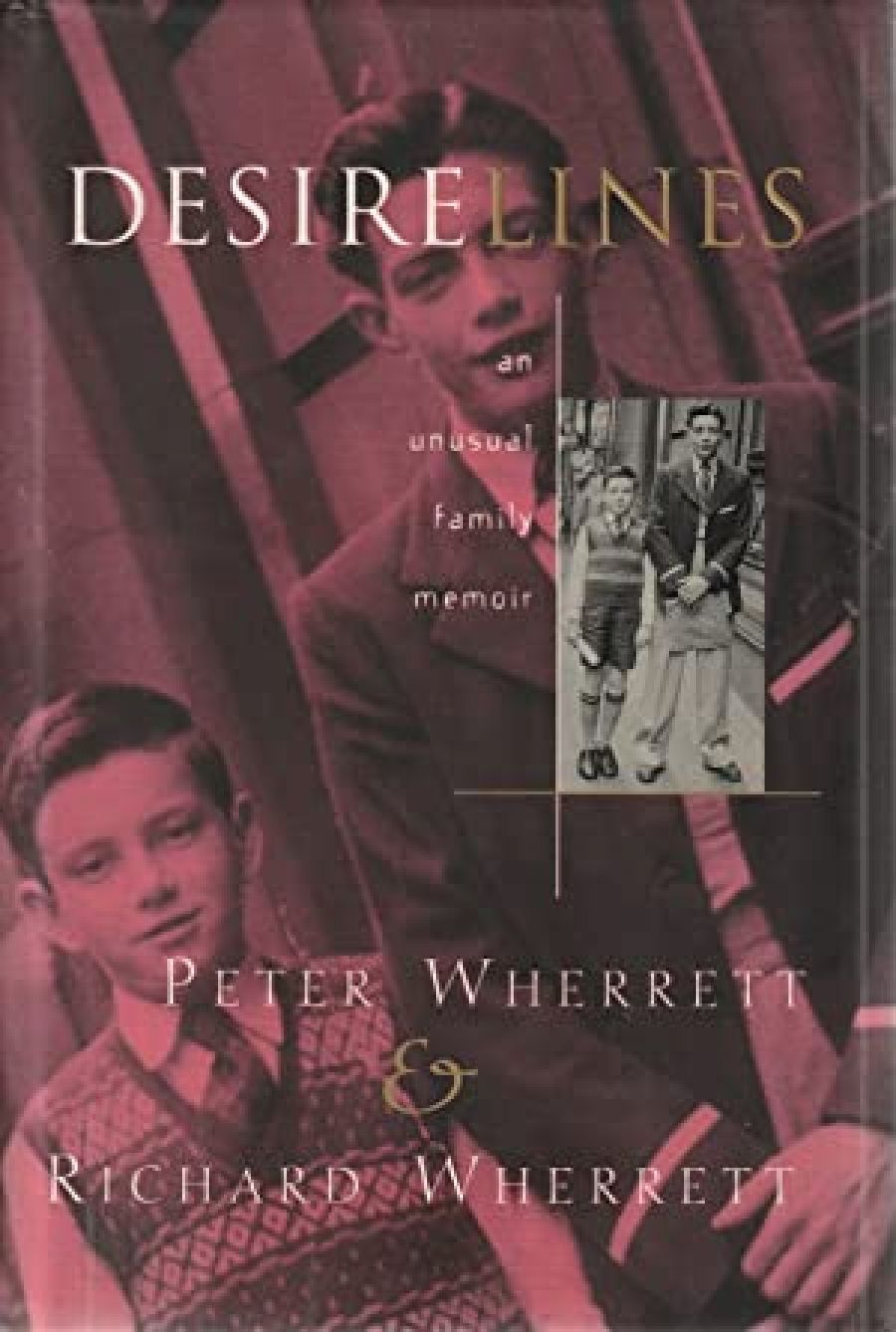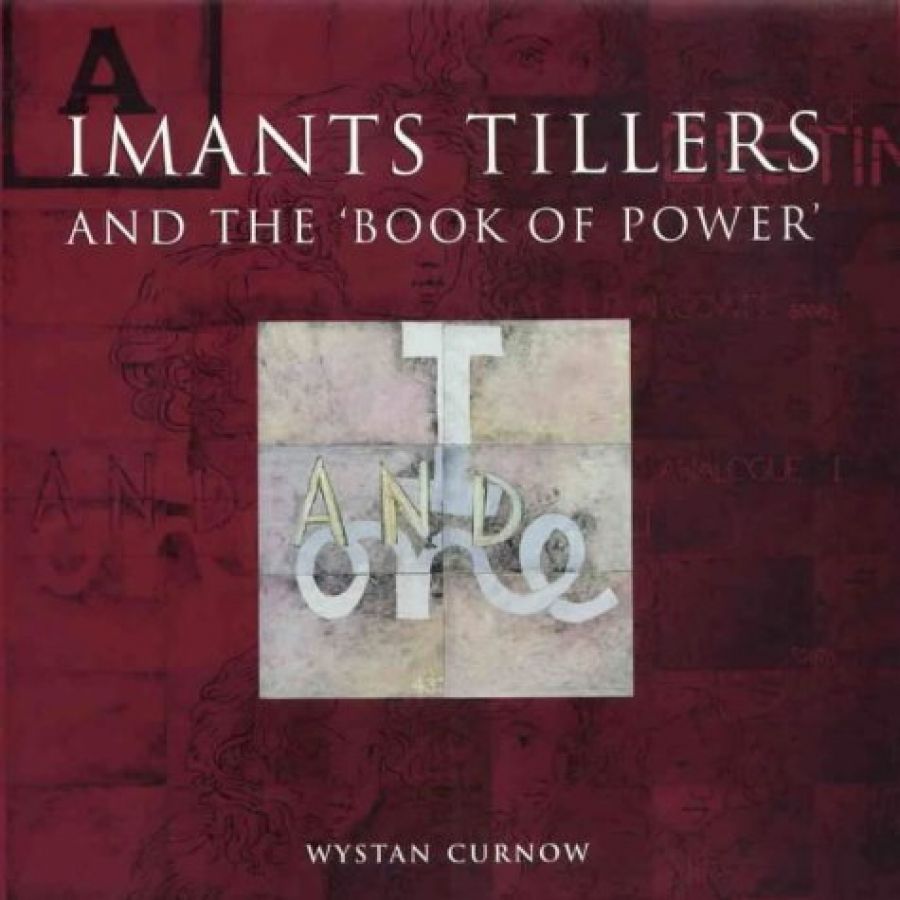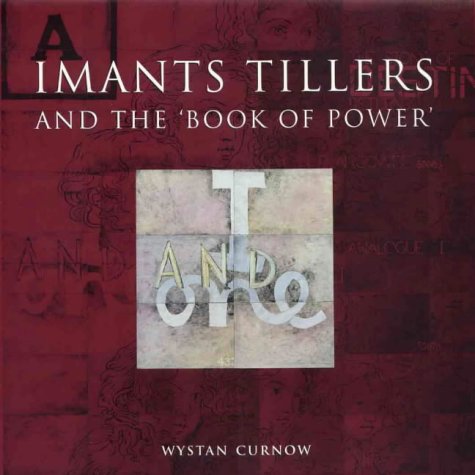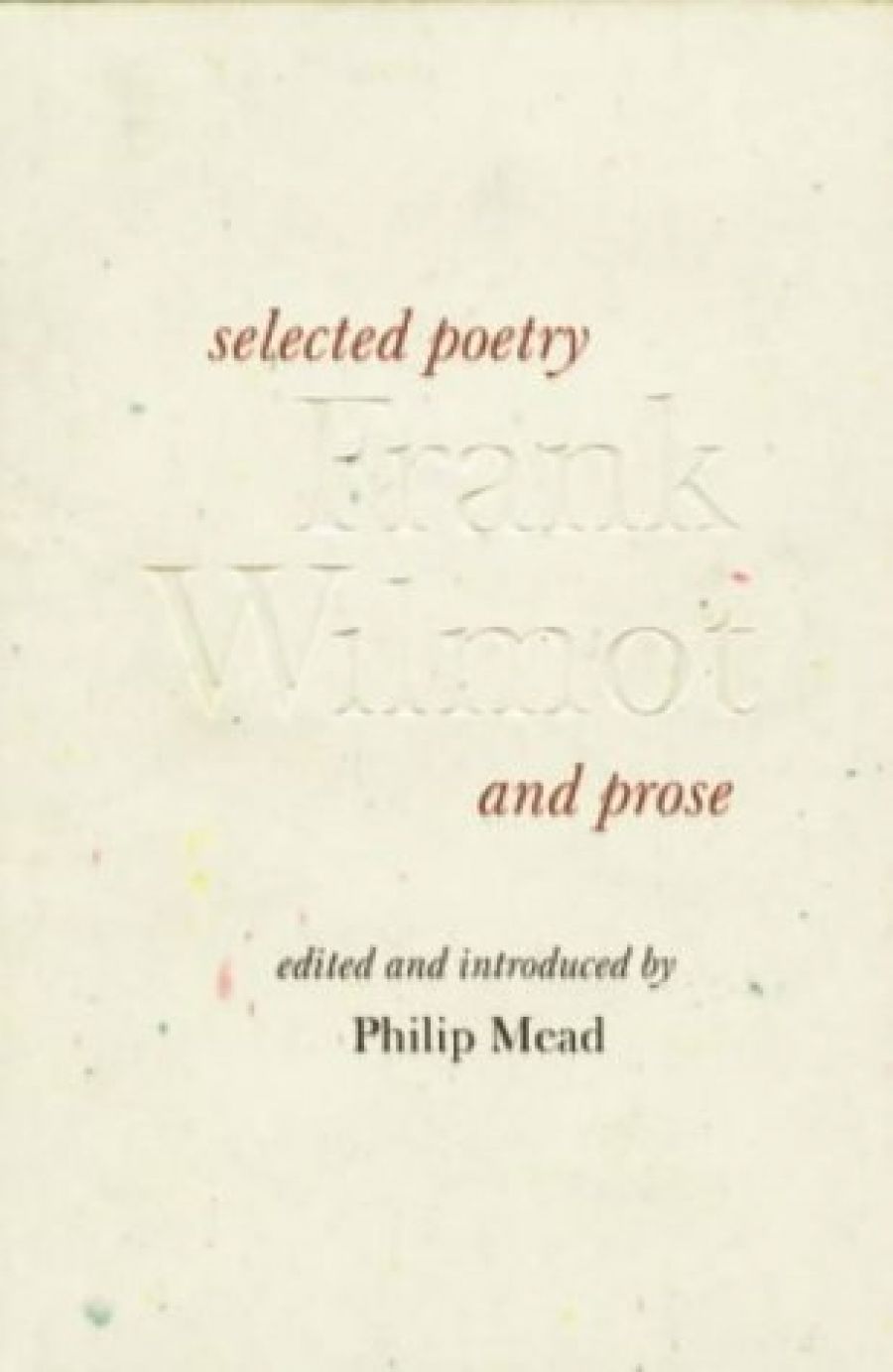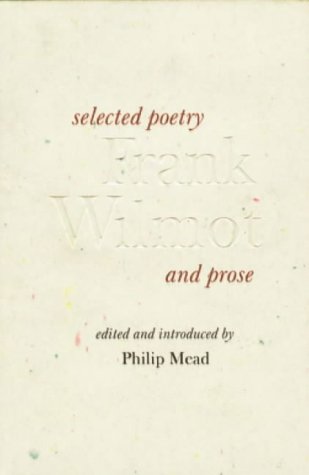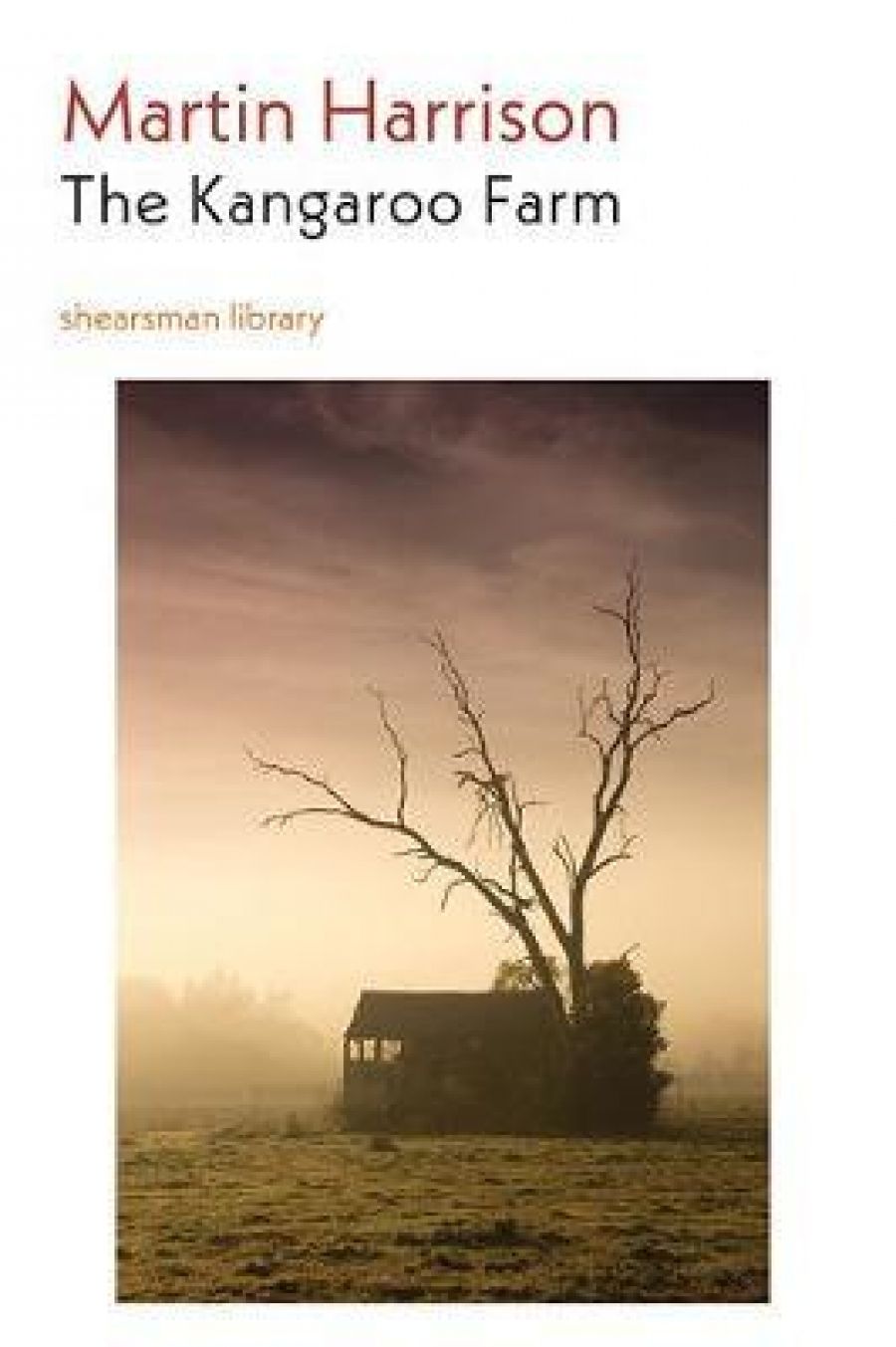
- Free Article: No
- Contents Category: Poetry
- Review Article: Yes
- Online Only: No
- Custom Highlight Text:
Martin Harrison’s attentive poetry must be read attentively: the snaking semi narratives move through the landscape as rivers finding their way. The tonal shifts and mixed modes are fundamental to this collection’s many middle-sized poems that are often (even more than in his previous book, The Distribution of Voice) both verse essay and lyric, as Kevin Hart has noted. Not that all this in itself makes for good poetry; there are times when the verbal constructions are a little too odd, a little too free with metaphorical bravura. Why is it that ‘The gift of tongues and sight is platypus’? Other poems play with their referents like a fisher with a fish. Even syntactically straightforward similes such as ‘Mirrored clouds spike themselves with sharp, green shoots / in paddies marked out like holding tanks or Versailles’ lakes’ take a bit of thinking over.
- Book 1 Title: The Kangaroo Farm
- Book 1 Biblio: Paper Bark, $16.95 pb, 79 pp
Martin Harrison’s attentive poetry must be read attentively: the snaking semi narratives move through the landscape as rivers finding their way. The tonal shifts and mixed modes are fundamental to this collection’s many middle-sized poems that are often (even more than in his previous book, The Distribution of Voice) both verse essay and lyric, as Kevin Hart has noted. Not that all this in itself makes for good poetry; there are times when the verbal constructions are a little too odd, a little too free with metaphorical bravura. Why is it that ‘The gift of tongues and sight is platypus’? Other poems play with their referents like a fisher with a fish. Even syntactically straightforward similes such as ‘Mirrored clouds spike themselves with sharp, green shoots / in paddies marked out like holding tanks or Versailles’ lakes’ take a bit of thinking over.
But Harrison’s verbal landscape is mostly an exhilarating place to be; not least of all because it so often comes out of the Australian landscape. Part of the delight of this is that Harrison isn’t afraid to write it up rich. Australia is not a land of negativity and absences: it is a place that generates metaphor with abandon, or rather, disciplined prodigality. His Australia contains the desert, for sure, but more often than not the poems migrate to watery landscapes where the ever-changing, changeless clouds, colours and birds are caught in their immense complexity (reminiscent of Judith Beveridge’s intense observational powers).
Read more: David McCooey reviews 'The Kangaroo Farm' by Martin Harrison
Write comment (0 Comments)

